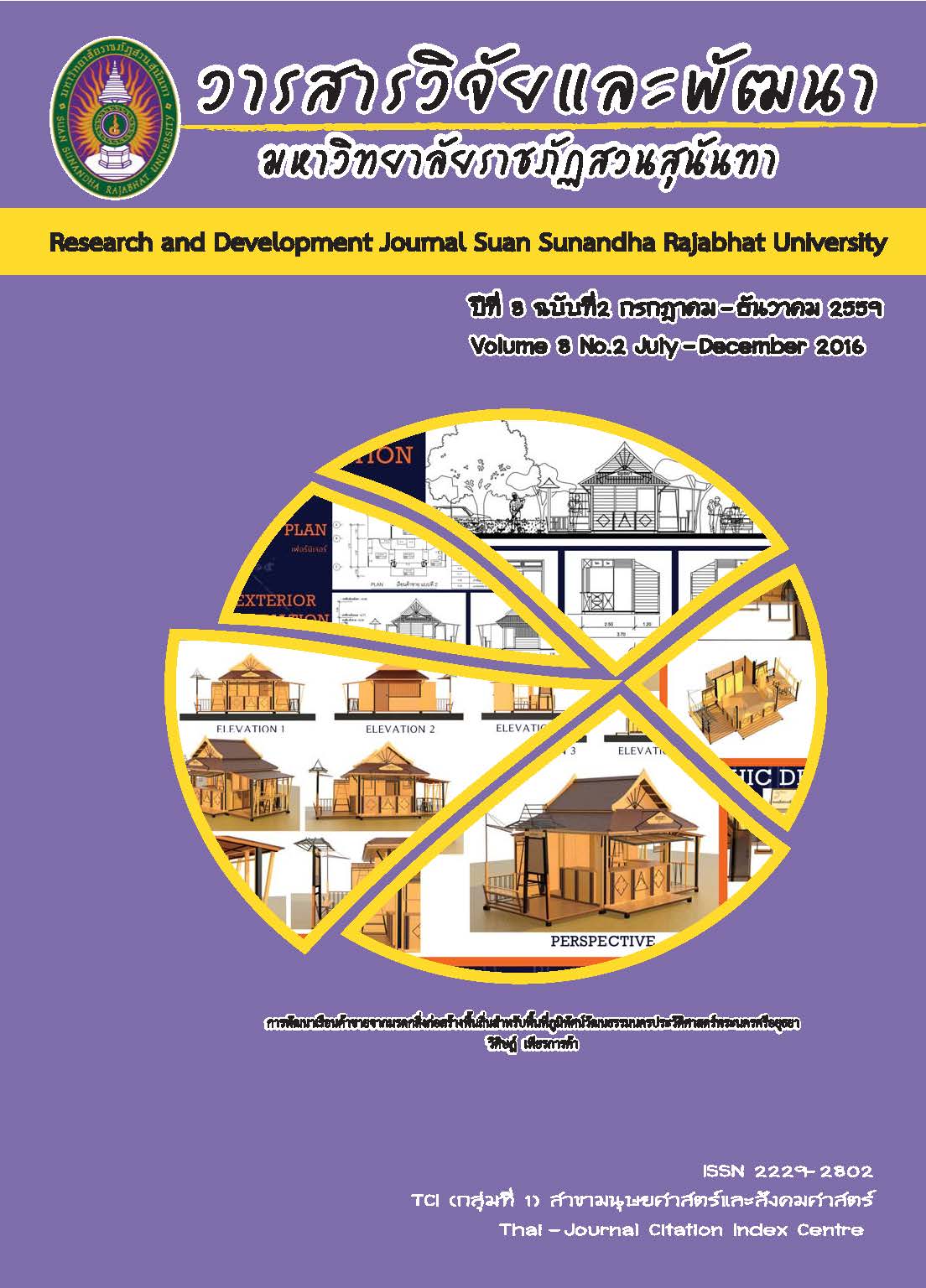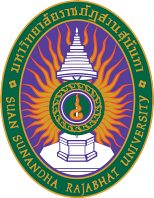Smart Classroom: Educational Innovation in 21st Cen
DOI:
https://doi.org/10.53848/irdssru.v8i3.214609Keywords:
Smart Classroom, Educational Innovation, 21st CenturyAbstract
Smart Classroom is the educational innovation which uses technology as a part of learning and teaching process to promote and develop an efficient education management in 21st century and compatible with the advancement of technology which play an important role in education management. It emphasizes the interaction between multimedia and learning leading to efficient education management which cause acquiring knowledge, interaction, and scientific thinking process in the learner. It also them to practice their critical thinking, synthesis thinking, problem-solving, and knowledge processing by themselves. Moreover, it improves learning skills, communication skills, and informatics technology skills. The lecturer will provide facility, guidance, and motivation. Consequently, Smart Classroom reduces the
inequality of education, increases opportunity, and promote skills of education management in this decade.
References
for the Future of Education in
Thailand. (Online). Available from:
https://blog.eduzones.com/Global
academycenter/140758. (2015, 1
September).
Huang, R., Hub, Y., Yang, J., Xiao, G. (2012).
The Functions of smart
classroom in smart learning age.
In Proceedings of the 20th
International Conference on
Computers in Education ICCE 2012.
National Instituteof Education,
Nanyang Technological University,
Singapore.
Instructor by Faculty of Education,
Mahasarakham University. (2011).
Foundations of Educational
Paradigm. 3rded. Mahasarakham,
Thailand: apichartprinting, Ltd.
Namon Jeerungsuwan. (2013). Principles
of Design and Evaluation. 3rded.
Bangkok, Thailand: King Mongkut´s
University of Technology North
Bangkok.
O’Driscoll, C. et, al. (2008). Deploying a
context aware smart classroom.
In Proceedings of the Arrow@DIR
Conference, Dublin Ireland.
(Online). Available from:
http://arrow.dit.ie/engschececon/53
/. (2015, 1 September).
Pornpun Waitayangkoon. (2014). Smart
Classroom with Context of
Educational System in Thailand.
Journal of Industrial Technology
Review. 20(261) August 2014. pp:
128 - 129.
Ruthbea, Y.C. (2012). The Next–
Generation Classroom:Smart,
Interactive and Connected
Learning Environments. (Online).
Available from:
http://www.samsung.com/ph/busin
ess-images/resource/whitepaper/
2012/12/EBT15_1210_Samsu
ng_Smart_School_WP-0.pdf. (2015,
1 September).
Uthit Bamroongcheep. (2014). HyFlex
Learning: Instructional
Technology in 21st Century.
Journal of Education, Burapha
University. 25(1) January – April
2014. pp: 15 – 29.
Vicharn Panich. (2012). Course of
learning for students in the 21st
century. Bangkok, Thailand: Sodsri-
Saritwong Foundation.
Wanwisa Ken. (2013). How to Learning
Works: SevenResearch-Based
Principles for Smart Teaching.1st
ed. Bangkok, Thailand: openworlds
publishing house.
Worrapot Wongkijrungruang and Athip
Jittarerk. (2011). 21st Center Skills:
Rethinking How Student Learn.
1sted. Bangkok, Thailand: open
worlds publishing house.
Downloads
Published
How to Cite
Issue
Section
License
บทความที่ได้รับการตีพิมพ์เป็นลิขสิทธิ์ของ สถาบันวิจัยและพัฒนา มหาวิทยาลัยราชภัฎสวนสุนันทา
ข้อความที่ปรากฏในบทความแต่ละเรื่องในวารสารวิชาการเล่มนี้เป็นความคิดเห็นส่วนตัวของผู้เขียนแต่ละท่านไม่เกี่ยวข้องกับมหาวิทยาลัยราชภัฎสวนสุนันทา และคณาจารย์ท่านอื่นๆในมหาวิทยาลัยฯ แต่อย่างใด ความรับผิดชอบองค์ประกอบทั้งหมดของบทความแต่ละเรื่องเป็นของผู้เขียนแต่ละท่าน หากมีความผิดพลาดใดๆ ผู้เขียนแต่ละท่านจะรับผิดชอบบทความของตนเองแต่ผู้เดียว






